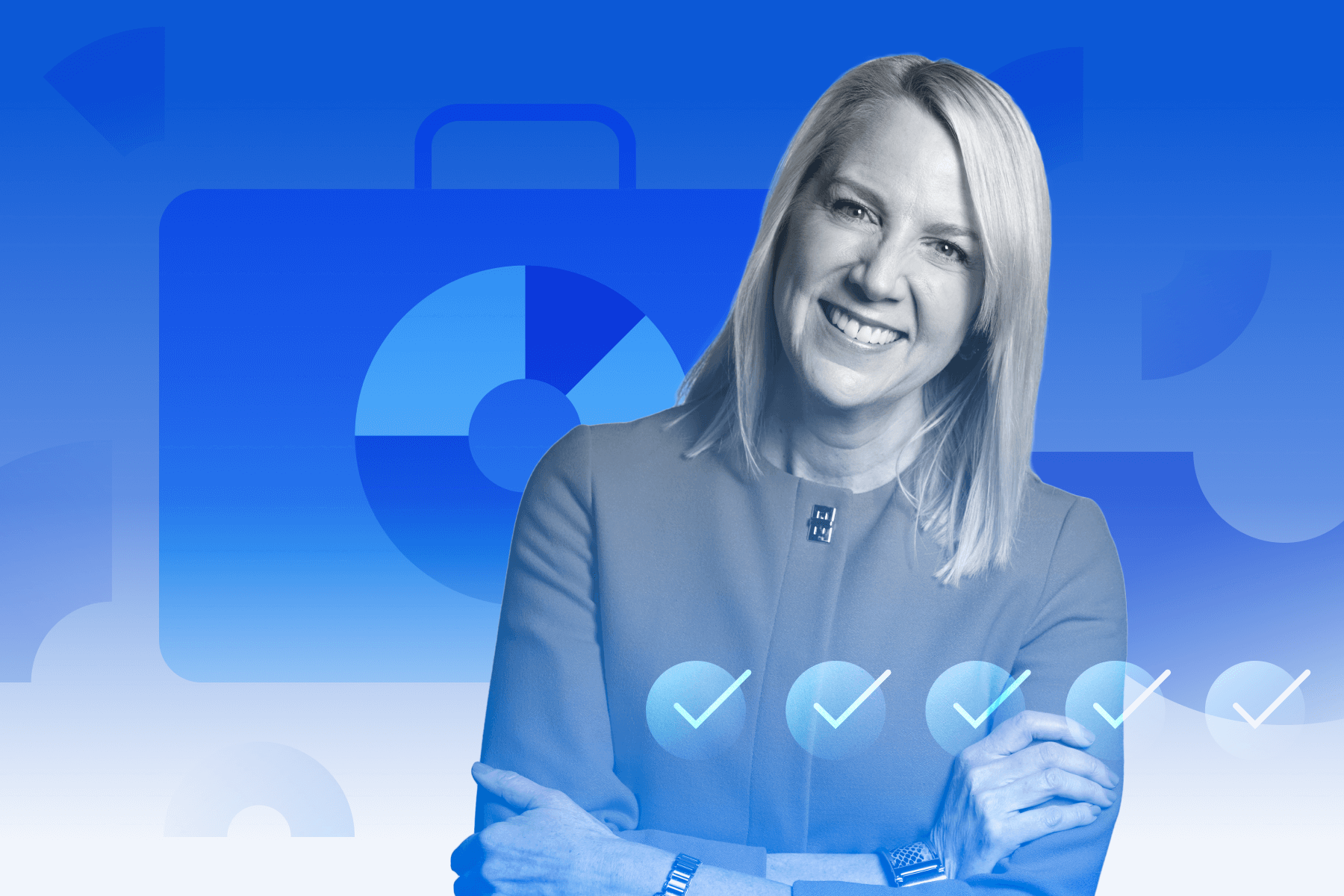Backdoor Roth IRA? Avoid These 5 Mistakes
These errors can jack up tax—and opportunity—costs.

It has been more than a decade since the income limits on IRA conversions were lifted, effectively putting Roth IRA investments within reach of higher-income individuals who had previously been shut out because they earned too much to make a direct contribution or to convert their traditional IRA balances.
A backdoor Roth IRA is simple enough and should be tax-free in many cases. An investor who earns too much to make a direct Roth IRA contribution simply opens a traditional nondeductible IRA—available to investors regardless of income level.
Shortly thereafter—and here’s where the backdoor part comes in—she converts it to a Roth IRA, another move unrestricted by income limits. Assuming she has no other IRA assets, the only taxes due on the conversion would be any appreciation in the investments since she opened the account. That taxable amount should be limited, assuming she converts the money promptly and/or leaves the money in cash until the conversion is finalized.
That sounds straightforward, and, in most cases, it is. However, there are a few potential snags that would-be backdoor Roth IRA contributors should bear in mind before they execute this move. Some fall into the category of fairly minor mistakes, while others are more costly errors.
Mistake 1: Not Paying Attention to the Pro Rata Rule
If you’ve heard about any sort of hitch with a backdoor Roth IRA, you’ve probably heard about the pro rata rule.
What that means is that if an investor owns additional traditional IRA assets that have never been taxed, such as a rollover IRA—in addition to the new traditional IRA that she hopes to convert to a Roth via the backdoor—the taxes she’ll owe on the conversion will depend on her ratio of IRA assets that have been taxed to those that have not.
If the old, never-been-taxed IRA assets dwarf the new IRA consisting of already-been-taxed assets, most of the new IRA assets will be taxable when converted to a Roth IRA.
Avoid By: Taking stock of the tax characteristics of all IRA assets you hold in your name before embarking on any sort of conversion.
Mistake 2: Not Taking Advantage of the Escape Hatch
As nettlesome as the pro rata rule can be for would-be backdoor Roth IRA contributors, investors who are contributing to a high-quality company retirement plan may have a workaround.
That’s because the pro rata rule applies only to IRA assets, not company retirement plans. Assuming the investor’s company plan allows for “roll-ins”—additions of IRA or 401(k) assets from outside the plan—they may be able to roll those never-been-taxed IRA dollars into their plan. That effectively removes those assets from consideration for the pro rata rule, paving the way for little or no taxes to be due upon conversion of the new IRA to a Roth IRA.
Another option: Those with self-employment income can steer their pretax IRA assets into a solo 401(k) plan—again, effectively removing them from the pro rata calculation.
Avoid By: Looking into whether your 401(k) or company retirement plan allows “roll-ins”—and making sure that its quality is up to snuff—before considering the backdoor maneuver if you have other traditional IRA assets in the mix.
Mistake 3: Investing the Traditional IRA in Long-Term Assets and Letting It Sit
The pro rata rule isn’t the only way to trigger taxes on the conversion from a traditional IRA to a Roth IRA. If an investor opens a traditional IRA and parks it in assets that quickly appreciate—such as stocks or a stock fund—and then tarries on the conversion, the conversion could trigger a higher-than-anticipated tax bill on that appreciation, which is taxed at ordinary income tax rates.
Avoid By: Keeping the money in a cashlike investment until the conversion is completed—thereby limiting the potential for gains in the preconversion window—and not delaying on the conversion following the initial contribution.
Mistake 4: Not Converting Serially
For affluent investors who are prime candidates for the backdoor Roth IRA maneuver, a one-time backdoor IRA is likely to be a drop in the bucket relative to their other IRA assets. To really begin building their assets in their Roth accounts, they’ll need to contribute year in and year out.
Avoid By: Making a habit out of executing a backdoor Roth IRA, and doing so at the beginning of each tax year rather than waiting until the last minute. Married couples can each conduct a backdoor IRA maneuver, and investors over 50 can contribute an additional $1,000 to any IRA, on top of the $6,500 base contribution.
Mistake 5: Holding Off Because of Concerns Over Legislative Risk
Many investors who have Roth IRA assets—or are considering converting assets to a Roth IRA—have a nagging question: Could the tax-free withdrawals and no required minimum distributions that Roth IRAs promise turn out to be too good to be true?
That worry may be top of mind for high-income investors who want to take advantage of a backdoor Roth IRA. And even if Congress doesn’t begin taxing assets in Roth IRAs, it could put an end to the practice of converting aftertax assets held in a traditional IRA to Roth.
That said, opinions are mixed about whether such a proposal would gain the needed support in Congress; in the meantime, investors who avoid backdoor Roth IRAs because of legislative uncertainty are missing out on an opportunity to tuck more assets into the Roth column.
Avoid By: Monitoring the news flow on the future of backdoor Roth IRAs but continuing to execute the maneuver in the interim.
A version of this article was published in March 2022.
The author or authors do not own shares in any securities mentioned in this article. Find out about Morningstar’s editorial policies.

/s3.amazonaws.com/arc-authors/morningstar/66112c3a-1edc-4f2a-ad8e-317f22d64dd3.jpg)
/cloudfront-us-east-1.images.arcpublishing.com/morningstar/WDFTRL6URNGHXPS3HJKPTTEHHU.png)
/cloudfront-us-east-1.images.arcpublishing.com/morningstar/IFAOVZCBUJCJHLXW37DPSNOCHM.png)
/cloudfront-us-east-1.images.arcpublishing.com/morningstar/JNGGL2QVKFA43PRVR44O6RYGEM.png)
:quality(80)/s3.amazonaws.com/arc-authors/morningstar/66112c3a-1edc-4f2a-ad8e-317f22d64dd3.jpg)